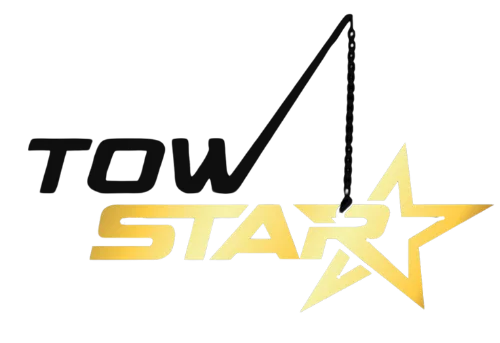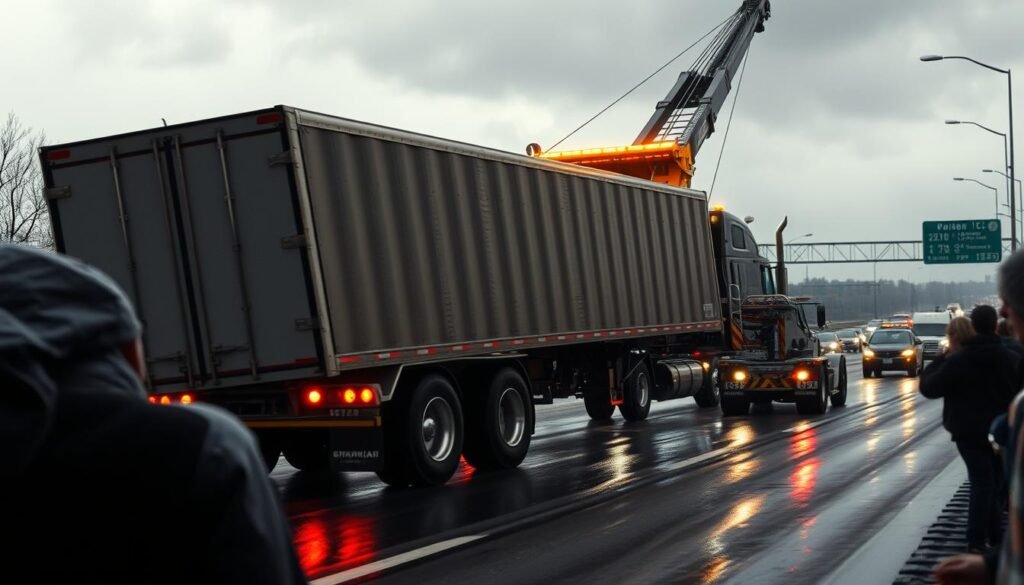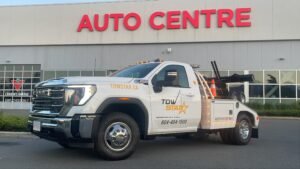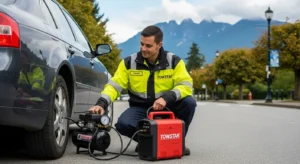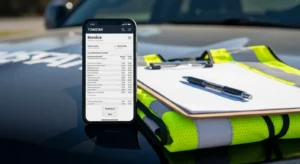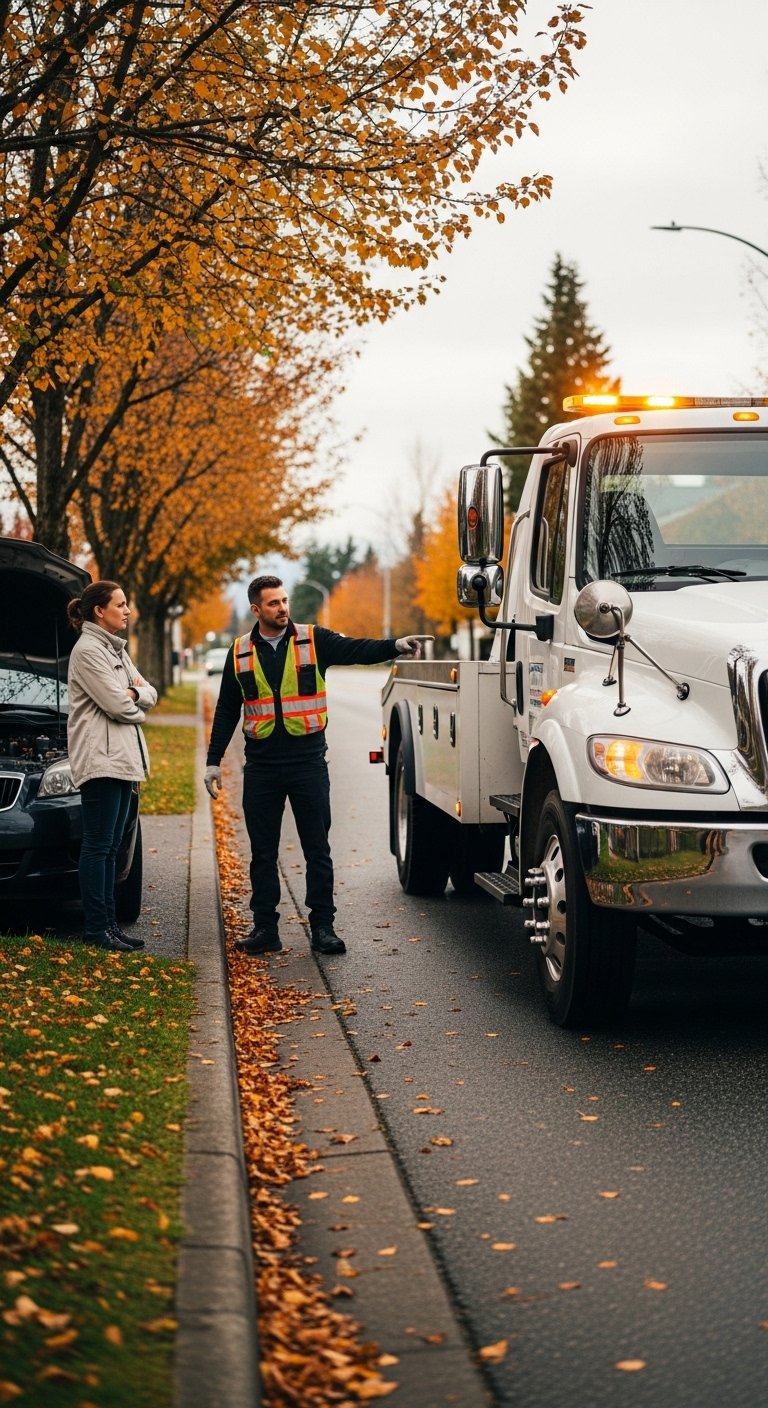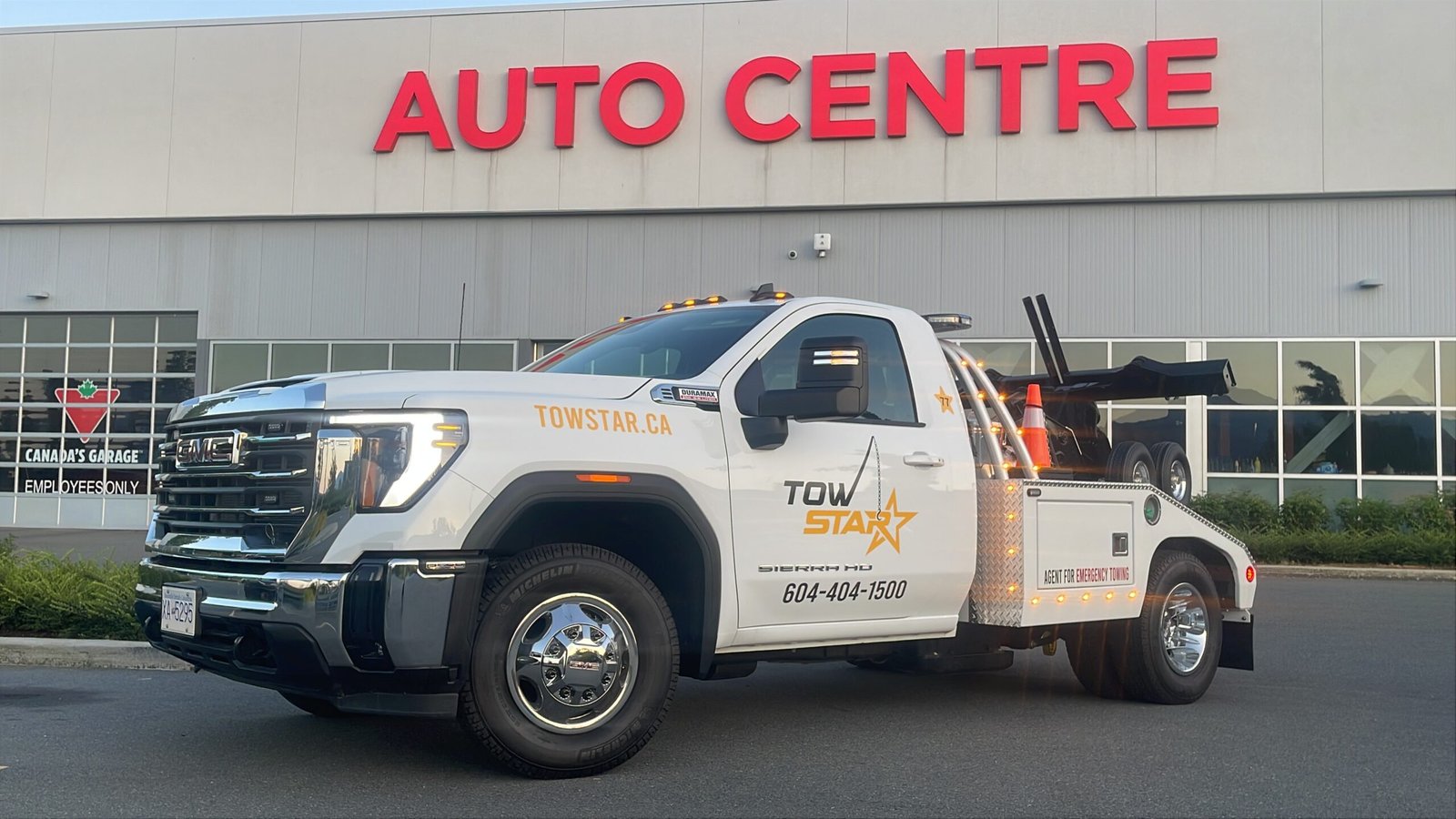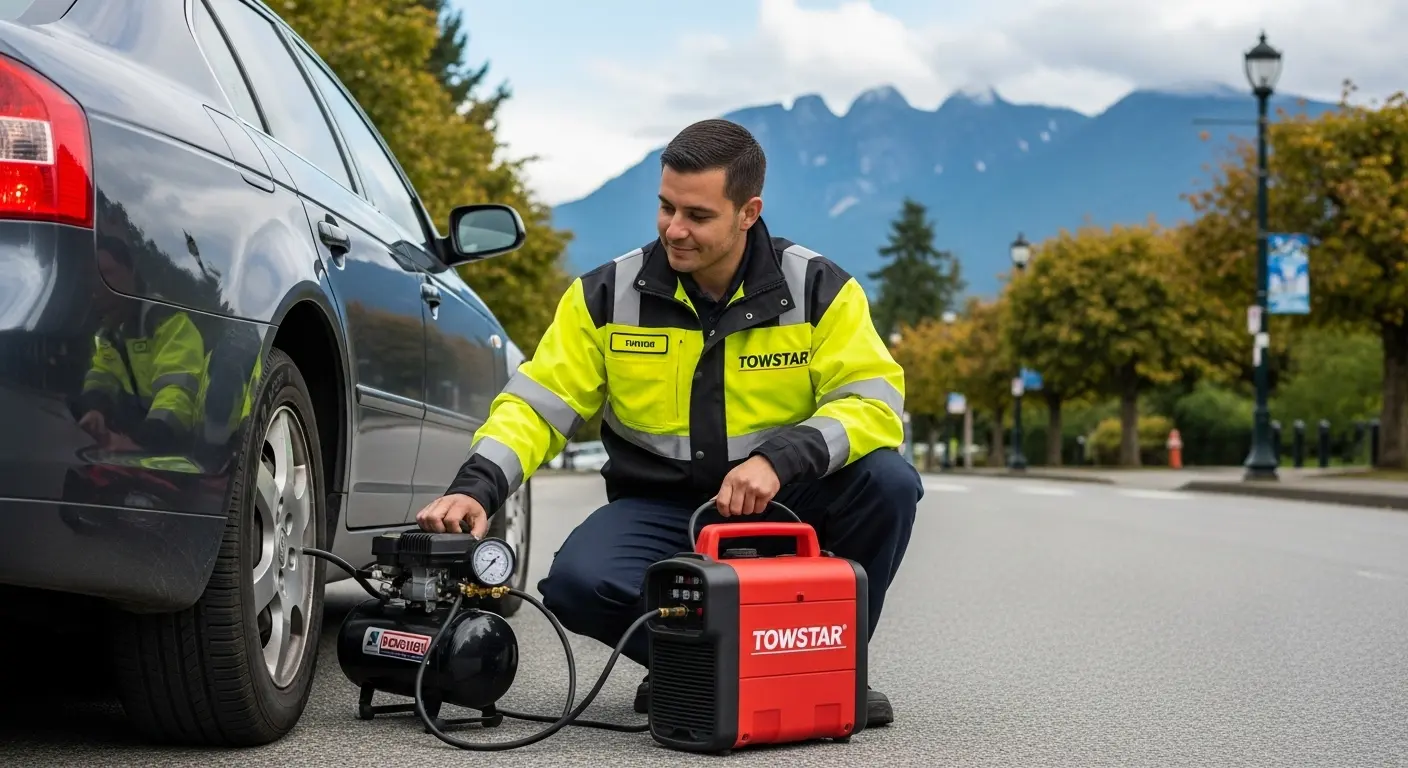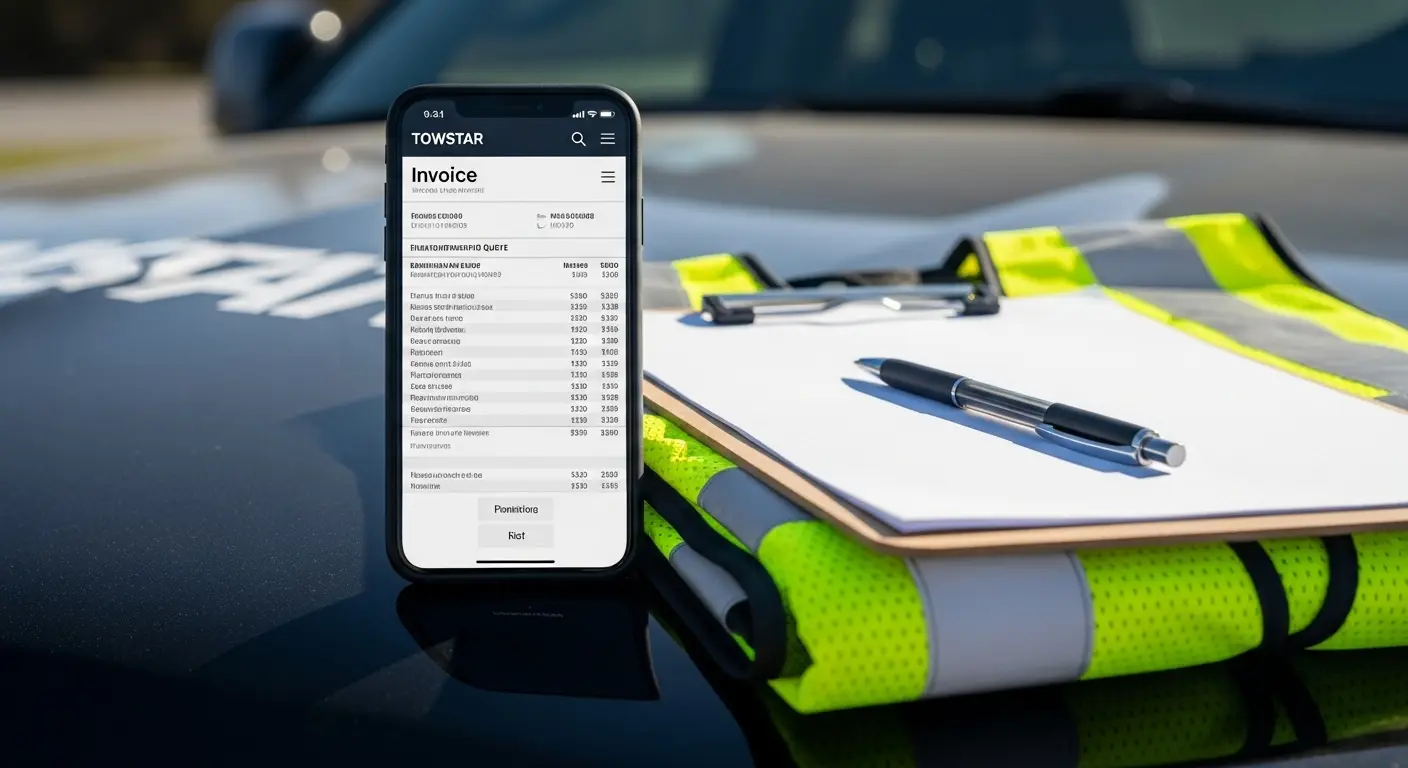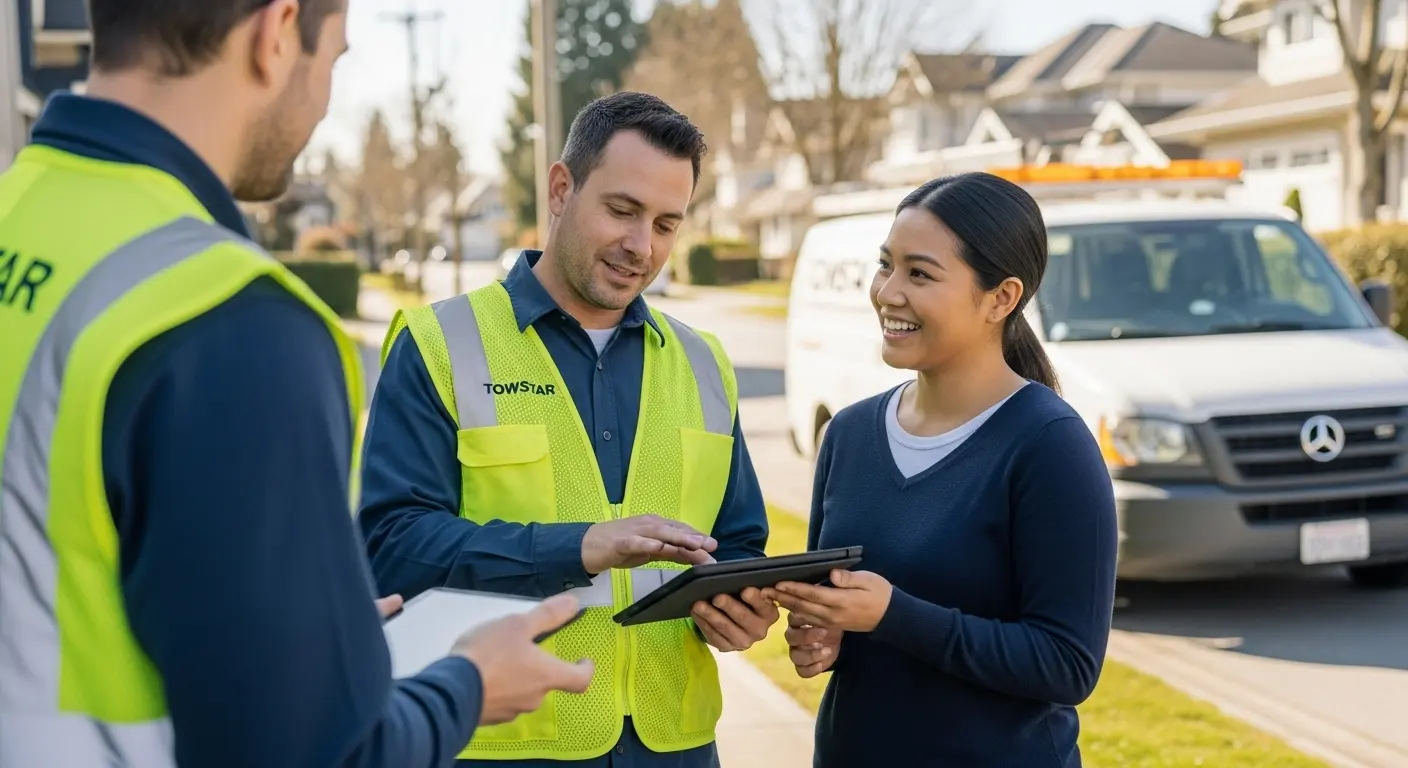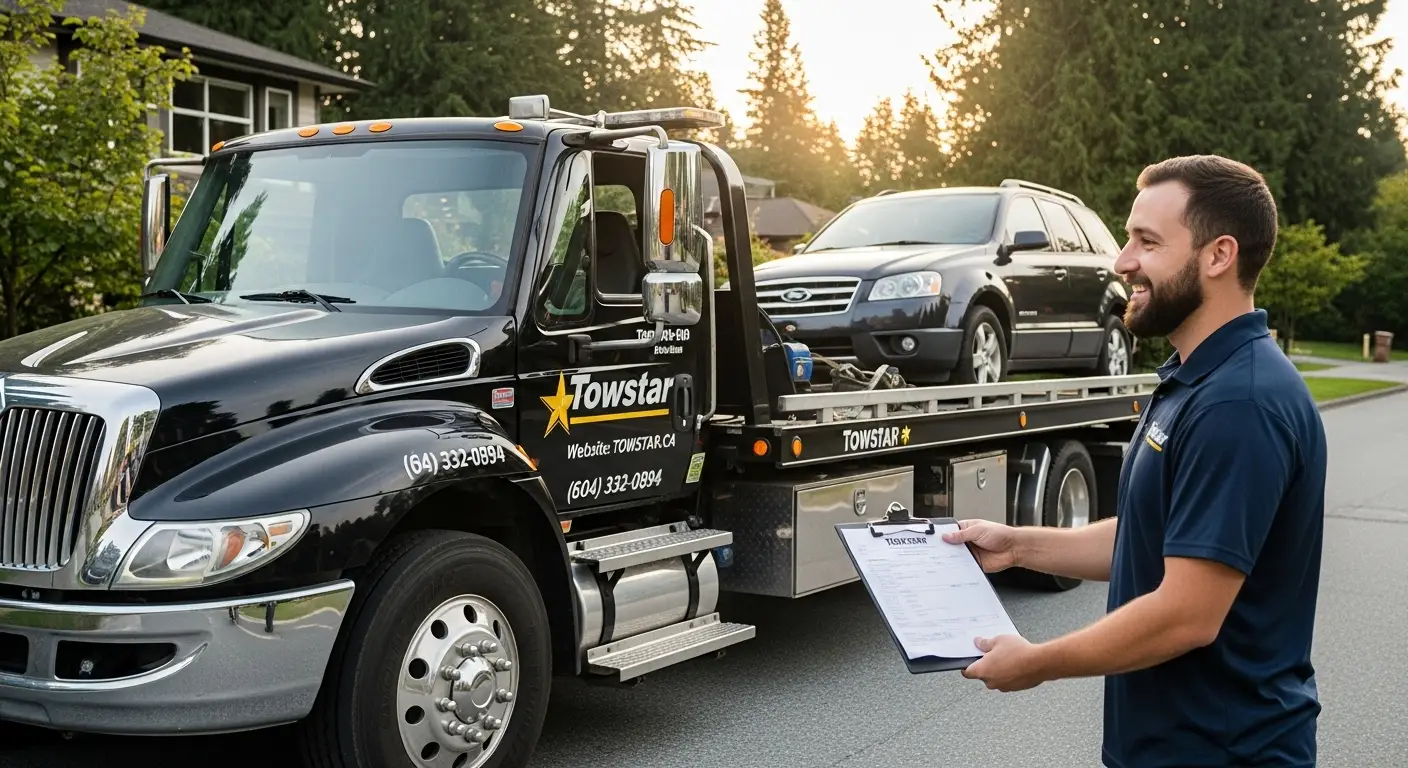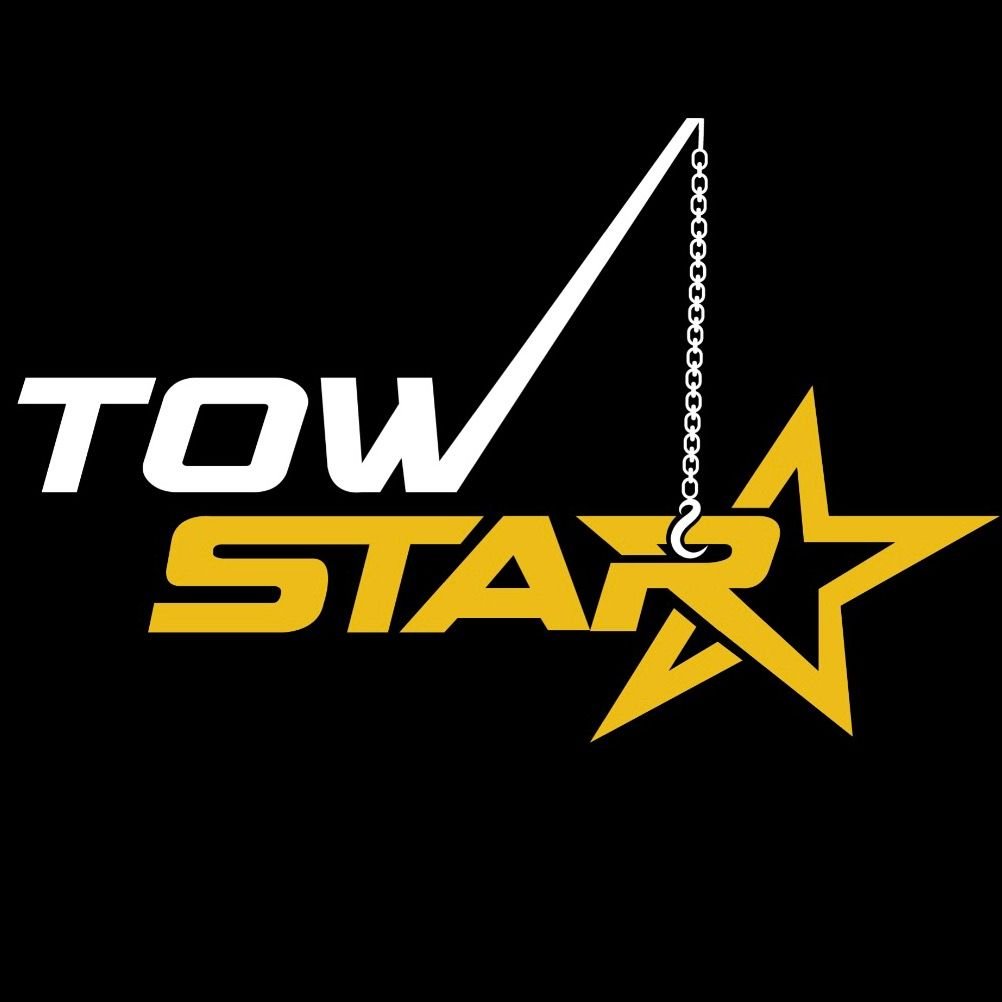Are you planning your commercial towing budget for next year? You’re not alone. As recovery equipment gets better, knowing 2025’s prices is key to avoid surprises. Let’s focus on what’s important: clear costs for 100-ton rotator models.
Rotator units are not just strong—they’re precise tools for tough recoveries. Prices change with new tech, better fuel, and demand. We’ve looked at market trends so you can plan your budget well.
Towstar wants clear pricing, no surprises. Whether it’s highway incidents or industrial hauling, knowing costs keeps your finances safe. Let’s dive into what drives these costs and how to get ready for next year’s expenses.
Key Takeaways
- 2025 pricing reflects advanced safety features and emission standards
- Rotator models cost 15-20% more than standard heavy-duty units
- Provincial regulations impact final purchase prices across Canada
- Extended warranties add value but require upfront budget adjustments
- Towstar’s no-hidden-fee guarantee simplifies financial planning
Understanding Heavy Duty Tow Trucks
When your vehicle gets stuck in snow or stranded on a mountain, heavy-duty tow trucks come to the rescue. These trucks are not just any ordinary vehicles. They are built for extreme situations where time is of the essence. Let’s explore why they are vital for towing and recovery tasks.
What Defines Heavy Duty Tow Trucks?
These trucks are like the emergency responders of the road. They have:
- Monster towing capacity (50+ tons for serious hauling)
- Reinforced frames that laugh at rough terrain
- Specialized recovery gear like hydraulic winches and stabilizing legs
Miller Industries calls them integrated wreckers or conventional wreckers. In Canada, integrated models are more common. They have 360° rotator cranes, ideal for flipping over semis or pulling out crashed equipment.
Common Types of Heavy Duty Tow Trucks
Not all recovery vehicles are the same. Here’s a quick overview:
| Type | Best For | Special Feature |
|---|---|---|
| Rotator Trucks | Complex highway recoveries | Full rotation crane + multiple winches |
| Wheel-Lift Trucks | Urban commercial towing | Hydraulic lifting arms |
| Lowboy Trailers | Oversized loads | Extra-low deck height |
In Alberta’s oilfields, rotator trucks are the go-to. In Toronto’s busy streets, wheel-lift trucks are preferred. Your choice depends on the situation, whether it’s pulling a cement mixer out of a ditch or moving construction equipment across provinces.
Factors Influencing Tow Truck Prices
Why do two 50-ton wreckers with the same specs have a $100,000 price difference? It’s because of hidden factors that affect heavy haul towing costs. Let’s explore what really affects prices so you can find value beyond the initial cost.
Brand Reputation and Reliability
Brands like Peterbilt or Ford might cost more at first. But they save you trouble later. They’ve proven their trucks can handle tough conditions like -40°C winters and Rocky Mountain slopes. Cheaper options might leave you stuck during important recovery jobs.
| Brand | Average Price (2025) | Warranty Period | Resale Value |
|---|---|---|---|
| Peterbilt | $450,000-$600,000 | 5 years | 70% after 3 years |
| Ford | $380,000-$520,000 | 4 years | 65% after 3 years |
| Ram | $320,000-$480,000 | 3 years | 58% after 3 years |
Truck Specifications and Features
Your towing needs determine which features are important. A rotator with 360-degree hydraulic reach is pricier than basic boom setups. Look for these key features:
- Dual winch systems (30% faster load control)
- All-terrain stabilizers (prevents rollovers)
- Smart diagnostics (predicts maintenance issues)
Don’t spend too much on a 100-ton capacity truck if you usually handle 40-ton loads. Choose specs that fit your typical jobs. Overspending can hurt your budget, while underspending can risk your safety.
Average Heavy Duty Tow Truck Prices in Canada
Heavy-duty tow truck prices vary a lot. Whether you want a new truck or a used one, prices in Canada are different. We’ve looked at 2025’s prices to help you see where your money goes the furthest.
Price Ranges for New Trucks
New heavy-duty tow trucks start at $250,000. But, if you need a truck for tough jobs, prices can go up to $650,000. Here are some average prices in different provinces:
| Province | Entry-Level Models | Mid-Range Rotators | Premium Units |
|---|---|---|---|
| Alberta | $265,000 | $410,000 | $635,000 |
| Ontario | $255,000 | $395,000 | $625,000 |
| British Columbia | $272,000 | $425,000 | $658,000 |
Price Ranges for Used Trucks
Used trucks can be a great deal. Prices start at $140,000, saving you $40,000 compared to new. Keep in mind, towing costs in BC and other places can change based on the truck’s age.
| Year | Average Price (CAD) | Mileage | Warranty |
|---|---|---|---|
| 2023 | $310,000 | 25,000 km | 2 years |
| 2020 | $210,000 | 85,000 km | 6 months |
| 2018 | $165,000 | 120,000 km | None |
Tip: Used trucks in Quebec are often 15% cheaper than in Ontario. But, remember to add transport costs. That deal might disappear quickly!
100-Ton Rotator Tow Truck Overview
Accidents with big vehicles or hard-to-reach spots are tough for regular tow trucks. That’s when rotator tow trucks come in. They’re designed for jobs that others can’t handle.
What is a 100-Ton Rotator Truck?
A rotator is like a heavy-duty Swiss Army knife. It has a 360° rotating boom and three winches. The Miller Industries SP 850-XP, for example, can lift, drag, or stabilize vehicles from any angle.
This makes them great for jobs like overturned semis or motorhomes stuck in ditches.
Key Benefits of Using a Rotator Tow Truck
So, why spend over $300,000 on a rotator? Here’s why they’re called “recovery superheroes”:
- Handle complex angles: The rotating boom reaches vehicles stuck in tight spots
- Triple winch power: Secure multiple parts of a wrecked vehicle at once
- Faster clearances: Cut highway closure times by up to 60%
Need to move something huge? Rotators are key for heavy-duty towing in BC. They’re perfect for big loads like construction gear or buses. Their control lets operators safely move vehicles without causing more damage.
Comparing Prices Across Provinces
Ever wonder why a heavy-duty tow truck in Alberta might cost 15% more than the same rig in Quebec? Prices vary by province due to local demands, terrain, and weather. Let’s explore what makes your region’s off-road towing costs unique.
Provincial Price Variations in Canada
Prices for heavy-duty tow trucks vary widely across provinces. Here’s a look at what you’ll see in 2025:
| Province | New Truck Price Range | Key Influences |
|---|---|---|
| Alberta | $325,000–$400,000 | Oil field demand, remote locations |
| Quebec | $280,000–$350,000 | High competition, winter road maintenance |
| British Columbia | $310,000–$385,000 | Mountainous terrain, logging routes |
Alberta’s oil industry keeps rotator trucks busy, raising prices. Quebec’s strict winter road rules lead to more competition, lowering costs slightly.
Impact of Local Demand on Prices
Your location affects both purchase and ongoing costs. Here’s how local factors influence prices:
- Oil/gas hubs (Alberta, Newfoundland): 18–22% higher fuel/maintenance costs due to remote service areas
- Urban centers (Toronto, Montreal): Lower per-job fees but higher insurance rates
- Seasonal regions: Storm-prone areas see winter price spikes for off-road towing
Pro tip: Rural operators charge $8–$12/km more than city-based services. Longer response times and specialized gear for rough terrain are the reasons. Planning routes with service coverage maps can save you thousands yearly.
Additional Costs to Consider
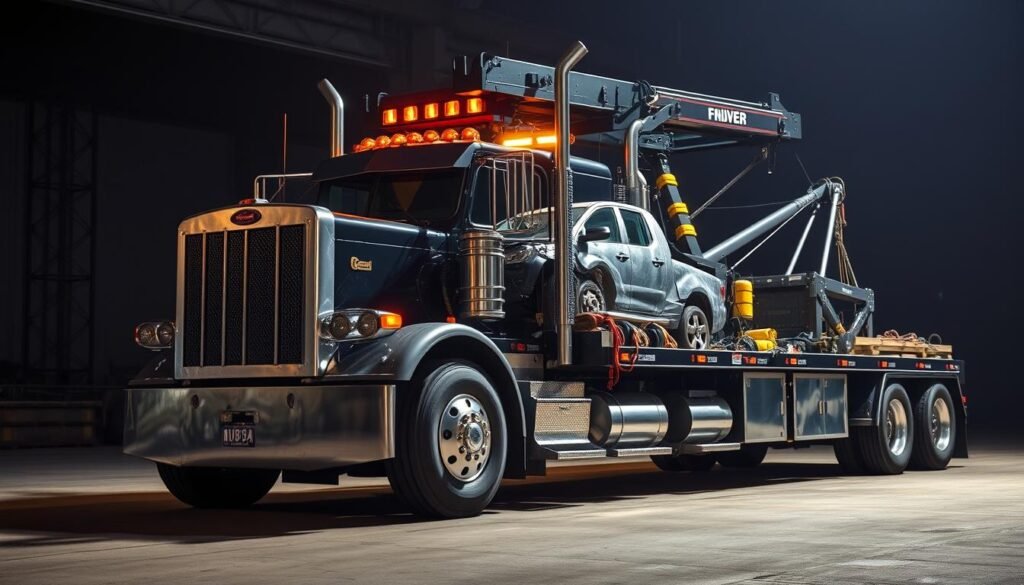
That shiny 100-ton rotator truck might look like the finish line, but hold on – there’s more to your budget than the sticker price. Let’s peel back the layers on those sneaky extra expenses that catch many operators off guard. Smart planning now means fewer surprises later.
Insurance and Licensing Fees
Protecting your rig isn’t optional. In Canada, heavy-duty tow truck insurance costs range from $15,000 to $25,000 annually. Why the big spread? Your province, cargo types, and even driver experience play roles. Pair this with provincial licensing fees, and you’re looking at:
| Province | Annual Insurance Range | Licensing Fees |
|---|---|---|
| Ontario | $18K – $25K | $1,200 |
| Alberta | $15K – $22K | $950 |
| British Columbia | $20K – $28K | $1,350 |
Pro tip: Bundle your insurance with roadside assistance plans for better rates. Many providers offer discounts when you combine coverage types.
Maintenance and Operating Costs
Your truck’s hunger for repairs and fuel never stops. Hydraulic system overhauls can hit $8,000, while diesel costs average $1.50 per mile. Keep these regular expenses in check:
- Tire replacements: $400-$600 per tire (every 50,000 miles)
- Oil changes: $300-$500 (every 500 service hours)
- Winch cable inspections: $150-$200 monthly
Don’t skip preventive maintenance. A $200 brake check today could prevent a $5,000 axle replacement tomorrow. Track every penny – fuel logs and repair histories help spot cost patterns before they drain your wallet.
Financing Options for Heavy Duty Tow Trucks
Getting a heavy-duty tow truck doesn’t have to be hard. Whether you’re growing your fleet or need a truck for heavy haul towing, knowing your financing options can save you a lot. Let’s explore the best ways to fund your next truck without breaking the bank.
Traditional Loan vs. Leasing
Deciding between a loan and leasing depends on your finances and goals. A 7-year bank loan for a $500K rotator truck might cost $6,800/month at 5.9% interest. But, you’ll own the truck outright. Leasing through a TRAC agreement could lower payments to $4,200/month. Yet, you’ll have to return the truck or buy it later.
| Option | Down Payment | Monthly Cost | Flexibility |
|---|---|---|---|
| Bank Loan | 15-20% | $6,500-$7,200 | Full ownership |
| TRAC Lease | 5-10% | $4,000-$4,500 | Upgrade options |
Special Financing Programs in Canada
Canadian tow operators have access to special deals. The Canada Small Business Financing Program covers up to 90% of equipment costs for qualifying companies. Provincial initiatives like Ontario’s Heavy Vehicle Incentive can reduce interest rates by 3% for eco-friendly wreckers.
- Dealer partnerships: 0% introductory rates for 12 months
- First-time buyer plans: Reduced fees for new operators
- Seasonal payment models: Match payments to your busy winter towing months
One Alberta operator saved $230K over 10 years by using federal tax credits and a credit union loan. Your local business development center can help find similar savings for your heavy haul towing needs.
Safety Regulations and Compliance Costs
Keeping your heavy-duty tow truck legal is more than just avoiding fines. It’s about keeping everyone safe. Transport Canada has strict rules for recovery vehicles. These rules help ensure every operator works safely.
Canadian Safety Standards for Tow Trucks
Transport Canada requires all recovery vehicles to meet certain standards. For example, Miller Industries’ H-beam outriggers must handle at least 1.5x the truck’s rated capacity. Here’s what you’ll need:
- Mandatory operator certifications ($5,000-$10,000 per employee)
- Annual inspections of winches, booms, and stabilizers
- Emergency lighting systems visible from 150 meters
Costs Associated with Compliance
Staying legal requires upfront investments. But, making smart choices can save money in the long run. Focus on upgrades that boost both safety and efficiency:
- H-beam outriggers: 25% faster setup vs. standard models
- Anti-slip deck coatings reduce accident risks by 40%
- GPS tracking cuts insurance premiums by up to 15%
Remember, these aren’t just costs. They’re your protection against accidents and legal issues. Choose certifications and equipment that offer clear benefits. This way, you’ll build a safer, more profitable business.
The Role of Tow Truck Accessories
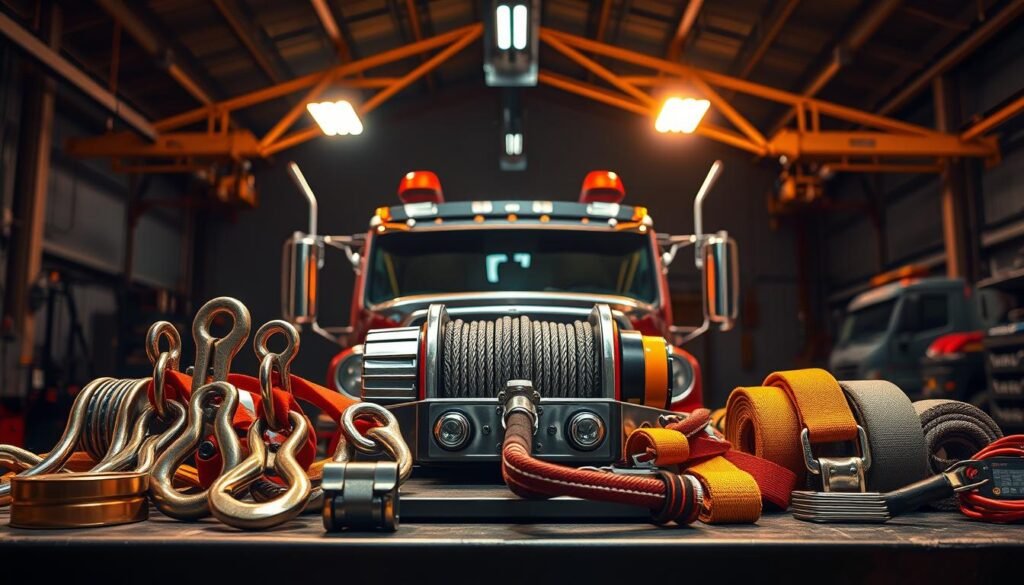
Your heavy-duty tow truck isn’t complete without the right tools. Accessories turn basic wreckers into powerful service vehicles. Let’s explore what you need and how these add-ons affect your budget.
Common Accessories for Heavy Duty Trucks
Think of accessories as your truck’s superhero toolkit. Essential items include:
- Air wedges ($300-$800): Inflatable tools for safe vehicle separation
- Rotator winches ($15K-$25K): Core component for 100-ton recovery systems
- LED light towers ($2K-$5K): Critical for nighttime wrecker service operations
- Polybody toolboxes ($4K-$7K): Miller Industries’ durable storage solutions
How Accessories Affect Prices
Smart upgrades boost capabilities but require budget planning. Compare these common add-ons:
| Accessory | Price Range | Priority Level |
|---|---|---|
| Recovery air bags | $1,200-$2,500 | Must-have |
| Hydraulic wheel lift | $18K-$22K | Essential for heavy loads |
| Advanced GPS tracking | $3K/year | Nice-to-have |
Pro tip: Focus on accessories that directly improve response times. A $50K recovery system pays for itself when handling complex wrecker service calls. Balance immediate needs with long-term savings – your future self will thank you!
Future Trends in Heavy Duty Tow Truck Pricing
Thinking about upgrading your fleet? It’s important to understand how technology and market changes will affect heavy duty tow truck prices by 2025. We’ll explore the upcoming trends, from cleaner engines to advanced recovery tools. This way, you’ll be prepared for any price shifts.
Expected Price Changes by 2025
Experts forecast a 5.1% annual growth for heavy duty towing equipment until 2025. Expect new flatbed tow trucks to cost more due to higher material prices and stricter emissions rules. On the other hand, used rotator models might retain their value as people wait to upgrade during uncertain times.
Innovations Influencing Tow Truck Costs
Hydrogen-powered wreckers, like Miller Industries’ prototypes, could save on fuel but increase the initial cost by $30k+. AI-enhanced recovery systems, such as Jerr-Dan’s Command Zone, might improve efficiency but raise the starting price by 8-12%. Even basic flatbed tow trucks now come with features like collision sensors and automated load balancers.
To keep your fleet ahead, focus on modular designs that allow for easy tech upgrades. Leasing options from dealers like NRC Equipment Finance can help spread the cost of new technology. Also, keep an eye out for provincial incentives for eco-friendly models, like Quebec’s $15k rebate for electric rotator conversions.
FAQ
What makes heavy-duty tow trucks different from regular wreckers?
Heavy-duty trucks can tow up to 100+ tons. They have special gear like 360° rotator booms. This lets them handle jobs that regular trucks can’t, like overturned semis.
They have triple winch systems and strong frames for tough jobs.
Why do similar 50-ton wreckers sometimes cost 0K differently?
The price difference comes from brand trust and hydraulic system quality. Brands like NRC or Jerr-Dan use top-notch components. This means their trucks last longer and work better.
A 0K rotator has special hydraulics. It can recover loads faster and wear less, which is key for off-road towing.
Where can I save money on heavy-duty tow trucks in Canada?
You can find deals in Manitoba/Saskatchewan. Prices there are K lower than in Ontario/Alberta. But, check the condition of winter-service units carefully.
Winter road salt can damage frames. Always check the hour meters against maintenance records.
Are rotator tow trucks worth the 0K+ investment?
Yes, for complex jobs. Their 360° reach and 50-ton winches can solve many problems. One operator in Alberta cut clearance times by 65% with a rotator.
This is very important, as winter road closures can cost K/hour in delays.
Why do Alberta’s tow truck prices run 15% higher than Quebec’s?
High demand in the oil fields and extreme weather raise costs. Northern Alberta needs special cold-weather packages. Quebec units don’t need these.
Also, 24/7 service in the oil patch means higher prices. Clients pay for quick response times.
What hidden costs come with heavy-duty tow trucks?
There’s more than the 0K price tag. You’ll spend K/year on hydraulic repairs and
FAQ
What makes heavy-duty tow trucks different from regular wreckers?
Heavy-duty trucks can tow up to 100+ tons. They have special gear like 360° rotator booms. This lets them handle jobs that regular trucks can’t, like overturned semis.
They have triple winch systems and strong frames for tough jobs.
Why do similar 50-ton wreckers sometimes cost $100K differently?
The price difference comes from brand trust and hydraulic system quality. Brands like NRC or Jerr-Dan use top-notch components. This means their trucks last longer and work better.
A $650K rotator has special hydraulics. It can recover loads faster and wear less, which is key for off-road towing.
Where can I save money on heavy-duty tow trucks in Canada?
You can find deals in Manitoba/Saskatchewan. Prices there are $40K lower than in Ontario/Alberta. But, check the condition of winter-service units carefully.
Winter road salt can damage frames. Always check the hour meters against maintenance records.
Are rotator tow trucks worth the $300K+ investment?
Yes, for complex jobs. Their 360° reach and 50-ton winches can solve many problems. One operator in Alberta cut clearance times by 65% with a rotator.
This is very important, as winter road closures can cost $10K/hour in delays.
Why do Alberta’s tow truck prices run 15% higher than Quebec’s?
High demand in the oil fields and extreme weather raise costs. Northern Alberta needs special cold-weather packages. Quebec units don’t need these.
Also, 24/7 service in the oil patch means higher prices. Clients pay for quick response times.
What hidden costs come with heavy-duty tow trucks?
There’s more than the $280K price tag. You’ll spend $8K/year on hydraulic repairs and $1.50/km on fuel. A $3K LED lightbar upgrade can reduce night accidents.
Synthetic winch ropes ($6K) last longer than steel cables. Smart choices save money in the long run.
What’s better for financing – loans or leases?
TRAC leases might be better than 7-year loans for big rigs. BDC’s equipment financing can save you $230K in interest. For example, a $550K rotator costs $8,900/month to lease, not $11,200 to loan.
Leases also make it easier to update your equipment as technology changes.
What certifications do Canadian tow truck operators need?
Operators need $5K-$10K certifications like CVIP inspection licenses and TDG/Hazmat training. Alberta also requires a $2,500 Winter Recovery Specialization course. These certifications are not just legal requirements.
They help reduce insurance claims by 40%, according to WSIB data.
Which accessories give the best ROI for commercial towing?
Invest in $300 air wedges for quick crash stabilization and $15K wireless camera systems for blind-spot monitoring. Forget about chrome upgrades – clients want fast service, not shiny trucks.
A $50K recovery system can pay for itself in 18 months by reducing secondary damage claims.
How will future tech affect tow truck prices?
Hydrogen-powered wreckers could cut fuel costs 35% by 2030. They need $120K upgrades. AI-assisted recovery systems (projected $25K add-on) might cut winch time by 50%.
Stay flexible – modular designs let you upgrade parts without buying a whole new $650K unit.
.50/km on fuel. A K LED lightbar upgrade can reduce night accidents.
Synthetic winch ropes (K) last longer than steel cables. Smart choices save money in the long run.
What’s better for financing – loans or leases?
TRAC leases might be better than 7-year loans for big rigs. BDC’s equipment financing can save you 0K in interest. For example, a 0K rotator costs ,900/month to lease, not ,200 to loan.
Leases also make it easier to update your equipment as technology changes.
What certifications do Canadian tow truck operators need?
Operators need K-K certifications like CVIP inspection licenses and TDG/Hazmat training. Alberta also requires a ,500 Winter Recovery Specialization course. These certifications are not just legal requirements.
They help reduce insurance claims by 40%, according to WSIB data.
Which accessories give the best ROI for commercial towing?
Invest in 0 air wedges for quick crash stabilization and K wireless camera systems for blind-spot monitoring. Forget about chrome upgrades – clients want fast service, not shiny trucks.
A K recovery system can pay for itself in 18 months by reducing secondary damage claims.
How will future tech affect tow truck prices?
Hydrogen-powered wreckers could cut fuel costs 35% by 2030. They need 0K upgrades. AI-assisted recovery systems (projected K add-on) might cut winch time by 50%.
Stay flexible – modular designs let you upgrade parts without buying a whole new 0K unit.
